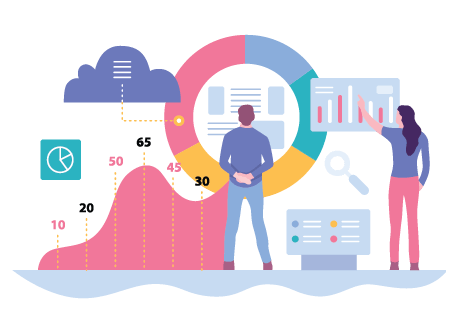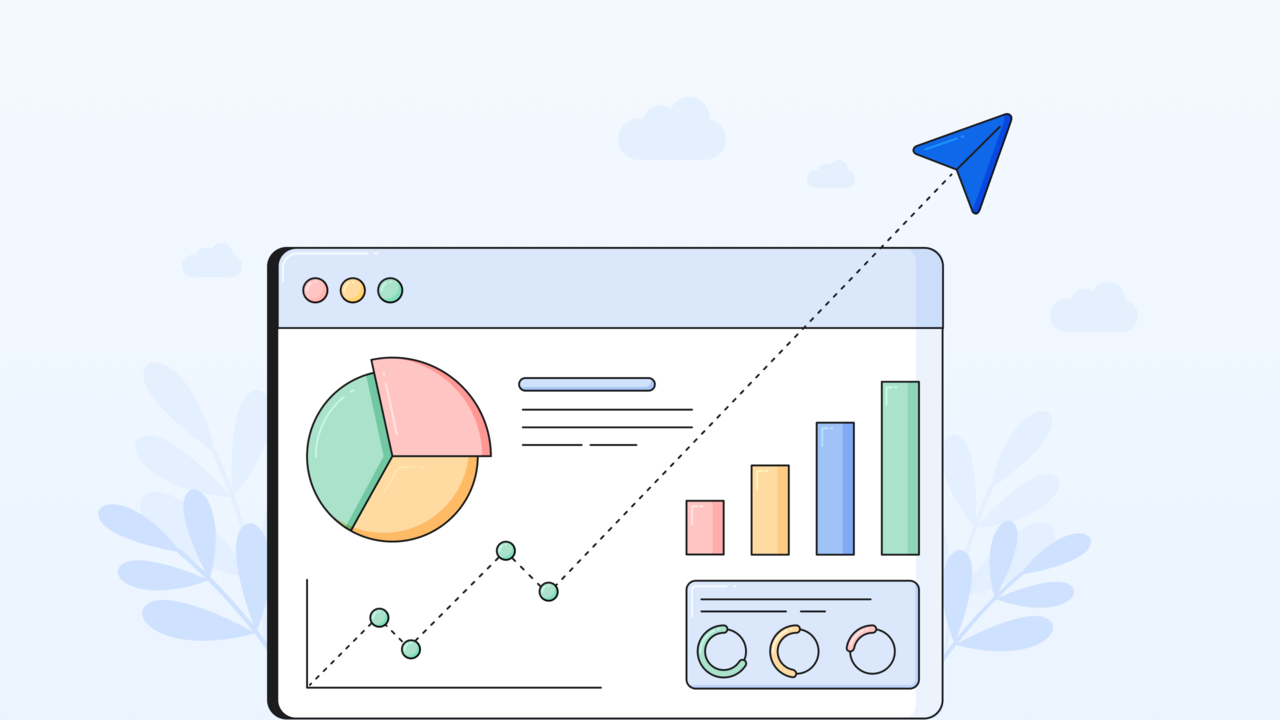In the fast-paced digital landscape, businesses are increasingly recognizing the pivotal role of social media analytics in shaping their online strategies. From understanding customer behavior to refining marketing campaigns, free social media analytics tools have become indispensable assets. In this article, we delve into the world of free social media analytics, exploring the benefits, tools, challenges, and future trends that businesses need to be aware of.
Definition of Free Social Media Analytics

Social media analytics involves the collection and analysis of data from social media platforms to glean insights into user behavior, engagement, and content performance.
Importance of Social Media Analytics for Businesses
As the digital landscape evolves, businesses need actionable data to make informed decisions. Social media analytics provides a lens into customer preferences, trends, and the effectiveness of marketing efforts.
Benefits of Free Social Media Analytics
A. Cost-effective Insights
Unlike premium analytics tools, free options offer valuable insights without the financial burden, making them accessible to businesses of all sizes.
B. Improved Decision-making
Informed decisions are the cornerstone of business success. Free social media analytics empowers businesses to refine strategies based on real-time data.
C. Enhanced Engagement Strategies
By understanding what resonates with the audience, businesses can tailor content and engagement strategies for maximum impact.
Top Free Social Media Analytics Tools
A. Google Analytics
Google Analytics provides a comprehensive overview of website and social media performance, allowing businesses to track user interactions and site traffic.
B. Facebook Insights
Tailored for businesses on Facebook, Insights provides data on page views, likes, and audience demographics.
C. Twitter Analytics
Businesses can leverage Twitter Analytics to measure tweet performance, audience growth, and engagement.
How to Get Started with Free Social Media Analytics
A. Setting up Analytics Accounts
The initial step involves creating accounts on the chosen analytics platforms, ensuring proper integration with social media profiles.
B. Configuring Tracking Parameters
Businesses should customize tracking parameters to align with specific goals, such as tracking link clicks or monitoring hashtag performance.
C. Analyzing Data for Actionable Insights
Regularly reviewing analytics data allows businesses to identify trends, track campaign success, and refine strategies accordingly.
Common Metrics
A. Reach and Impressions
Understanding how far content reaches and its overall impact on the audience.
B. Engagement Rates
Analyzing likes, comments, and shares to measure audience interaction.
C. Conversion Tracking
Tracking actions that lead to conversions, such as website visits or product purchases.
Challenges and Solutions
A. Data Accuracy Issues
Free tools may have limitations, but businesses can enhance accuracy by cross-referencing data and validating results.
B. Overcoming Limitations with Strategic Approaches
Understanding tool limitations prompts businesses to adopt creative strategies, such as combining data from multiple sources.
C. Leveraging Alternative Analytics Methods
In addition to traditional metrics, businesses can explore alternative methods, such as sentiment analysis or competitor benchmarking.
Future Trends
A. Integration with AI and Machine Learning
The future lies in the integration of artificial intelligence and machine learning, enhancing predictive analytics capabilities.
B. Evolving Metrics and Measurement Criteria
As social media platforms evolve, so do the metrics. Businesses must adapt to changing measurement criteria to stay relevant.
C. Predictive Analytics for Social Media
Anticipating user behavior and trends through predictive analytics will become a crucial aspect of social media strategy.
Tips for Maximizing the Benefits of Free Social Media Analytics
A. Consistent Monitoring
Regularly monitoring analytics ensures that businesses stay informed about evolving trends and audience preferences.
B. A/B Testing Strategies
Experimenting with different approaches helps businesses identify what resonates best with their audience.
C. Staying Updated on Platform Changes
Social media platforms continually evolve. Staying updated on changes ensures businesses maximize the effectiveness of their strategies.
Conclusion
Free social media analytics opens doors for businesses to thrive in the digital realm by providing actionable insights.
In the ever-evolving digital landscape, businesses that embrace analytics gain a competitive edge and position themselves for sustained success. Take the Next Step: Request a Demo from AIM Technologies!
FAQs
A. What Are the Key Metrics to Track in Social Media Analytics?
- The key metrics include reach, engagement rates, and conversion tracking.
B. Can Free Tools Provide Sufficient Insights for Large Businesses?
- Yes, many free tools can provide valuable insights, especially when chosen strategically.
C. How Often Should One Analyze Social Media Analytics Data?
- The frequency of analysis depends on the nature of the business and its goals. However, regular reviews, such as weekly or monthly, are recommended to stay agile in adapting strategies.
D. Are There Security Concerns with Using Free Analytics Tools?
- While free tools may have limitations in terms of advanced security features, implementing standard cybersecurity practices and using reputable tools can mitigate potential risks.
E. What Is the Role of Analytics in Influencer Marketing?
- Analytics plays a crucial role in influencer marketing by providing insights into the effectiveness of collaborations, audience engagement, and the overall impact of influencer-generated content.




